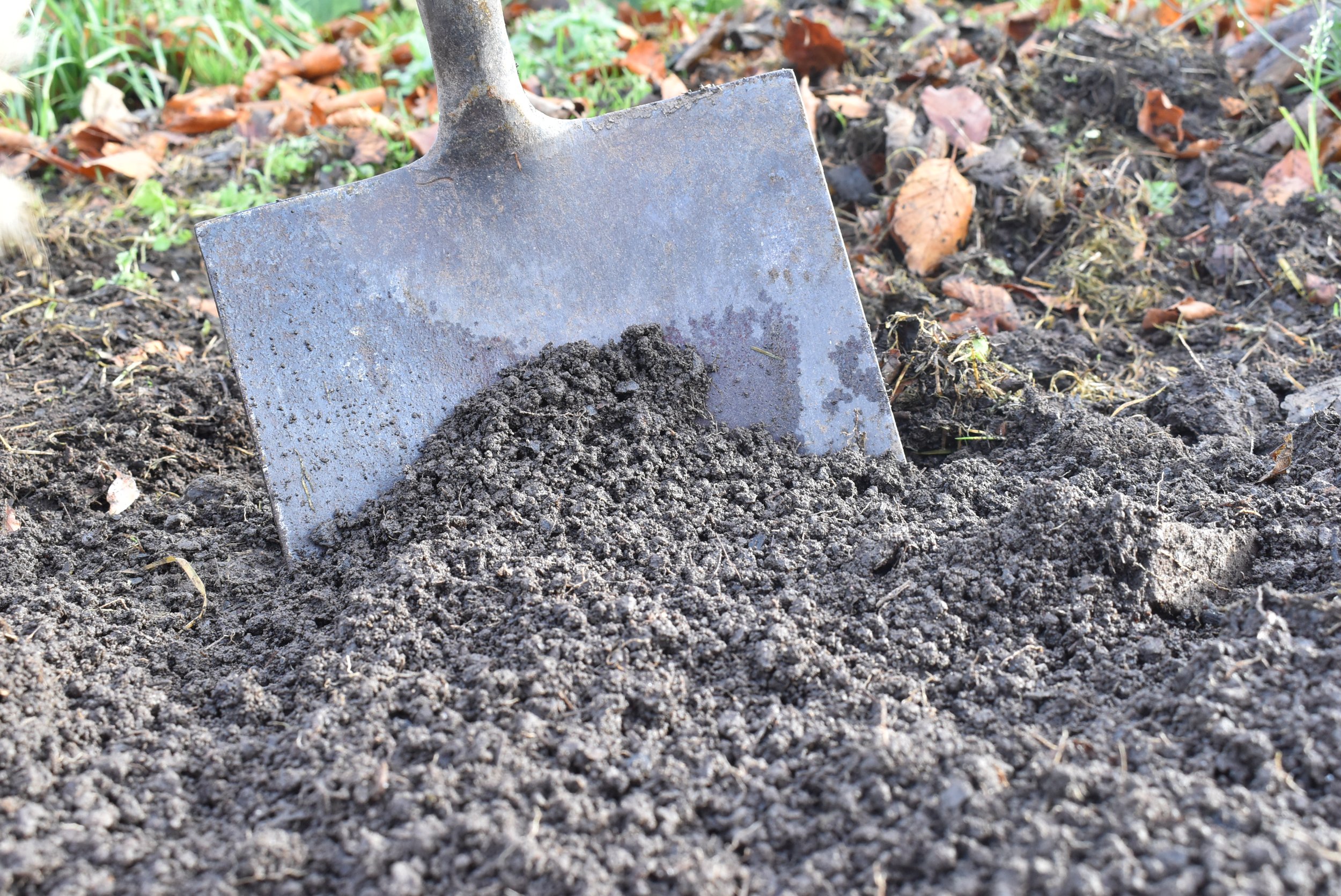As ecofriendly gardeners, we grow our flowers using horticultural practises that are kind to the planet. And as ecofriendly florists, we continue to follow that ethos. Besides the botanical materials, (flowers, foliage, seed heads etc.) we, as florists, use a range of other materials ( as containers, mechanics, ties and wrappings and labels) in our practise. And we strive to ensure that these floristry materials are planet friendly too. Identifying and sourcing sustainable materials is time consuming and complex, and requires the investigative skills of Hercule Poirot. Basically, we need to consider five aspects;
i) the source of the raw materials. Are they produced from oil, or are the raw materials mined from the earth, or grown on the land?
ii) the amount of energy used in production.
iii) the location of production. The more local an item is produced, the less energy used for transport.
iv) the ease with which the item can be reused or recycled.
v) the final destination of the item. Does it end up in land-fill, or does the item break down on a home compost heap?
Here, we list what we have learned so far about containers, mechanics, ties, and wrappings and labels.
Containers
Glassware Containers of all shapes and sizes - vases, jars, bottles etc. Made from (apparently) abundant raw materials; sand, soda ash and limestone. Uses energy for manufacture. Can be reused and recycled any number of times.
Ceramics Three main types; earthenware, stoneware and porcelain. Made from clay, a natural material extracted from the ground at quarry sites. Uses energy for manufacture. Not usually accepted for recycling due to high costs, but can be crushed and recycled into a range of useful products. Can be reused and upcycled. Over the years, we have built up an eclectic collection of second-hand ceramics that we have purchased from our local charity shops.
Plastic Some plastics are biobased, made from starch, vegetable oils, but most are described as synthetic, being made from oil. These are not generally biodegradable and therefore end up languishing in our land fill sites. Some plastics break down to form microplastics; very tiny bits of plastic, not visible with the naked eye. These microplastics harm wildlife. Some plastic items can be reused and some recycled, but here at BordersEcoFlowers, we choose not to use plastic buckets or containers.
Metal Metals are mined from the earth as metal ore. Energy is then used to extract the metal from the metal ore. Metal contaimners are reusable and recyclable.
Wood The ultimate green product? Renewable and recyclable. Not waterproof - we place glass or ceramic containers inside wooden crates e.g. three jam jars in a small wooden crate. Biodegradable, (though there is a question mark over the toxicity of wood preservatives). O.K. for dried flowers.
Basketware Renewable and recyclable. Good for dried flowers. Local basket weavers create works of art using British grown willow.
Plant-based Confusingly called plant-based plastics, some of which are compostable. Becoming more popular in food industry. With advances in technology, these types of products will surely filter through to the floristry industry.
2. Mechanics
Chicken wire See ‘metal’ above. Versatile and reusable for the florist. We find the larger aperture mesh (50mm) to be ideal.
Pin holder See ‘metal’ above. Reusable. Can be found in vintage, charity shops.
Floral foam Surely, the worst choice possible. Oil-based product, breaking down into microplastics, not biodegradable.
Glass beads See ‘glass’ above.
Reel/stub wire See ‘metal’ above. But reel wire often comes on a plastic spool!
Gravel Reusable. Extracted at quarry sites.
Stems e.g willow Sustainable, easy/cheap to grow your own, compostable.
Lentils/ Chick peas etc Plant derived. Compostable. Lentils are produced in many countries of the world including Canada and much of Asia. Chick peas are produced in India. Reusable if kept dry. Holds dry stems in place as well as being decorative, good for an Autumn vibe.
Moss Some commercially shipped from New Zealand. We prefer to rake moss from the shady areas of our grass. LIving and growing in the damp, cool Scottish Borders, this is a crop we grow well!
Fruit and vegetables Sustainable. Quirky arrangements using pumpkins, gourds, aubergines.
3. Ties
Raffia Made from leaves of Madagascan palm. Compostable. Best undyed to avoid confusion with synthetic dyes.
Cotton twine Cotton fibres come from cotton plants which are grown particularly in India and China. Biodegradable.
Plastic ribbon Not an option for us. Here in Scotland, much of the tartan ribbon is made from oil-based polyester.
Velvet Not straightforward. traditionally made from silk, but now replaced with plastic based polyester or nylon.
Jute / Hessian Natural product from fibres of the jute plant, that is grown in Bangladesh and India.
Silk ribbon Natural product. We use plant dyed silk ribbons from Northern Hands, just down the road in Newcastle.
Tartan fabric Popular here in Scotland, we make our own ribbons by ripping up woollen tartan fabric.
4. Wrappings and labels
Paper sleeve. Made from wood pulp. Recyclable and compostable.
Cardboard label (parcel tag). Made from wood pulp. Recyclable and compostable
Plastic wrapping oil based. Not acceptable for us.
Conclusion
For the planet-friendly farmer/florist, the act of growing the flowers in a sustainable manner is only half the story. Just as complicated is the second half of the operation i.e. the floristry part, during which a wide variety of materials are used as containers, mechanics, ties, and wrappings and labels. It is not easy to score different materials on account of sustainability. However, I hope that the above list gives some idea of the decisions we face in an attempt to make our floristry truly sustainable. It is only with constant attention to these issues, can we attach the ‘sustainable’ tag to our flowers.
Bridget. Bevan
BordersEcoFlowers, The Moorhouse Duns















































